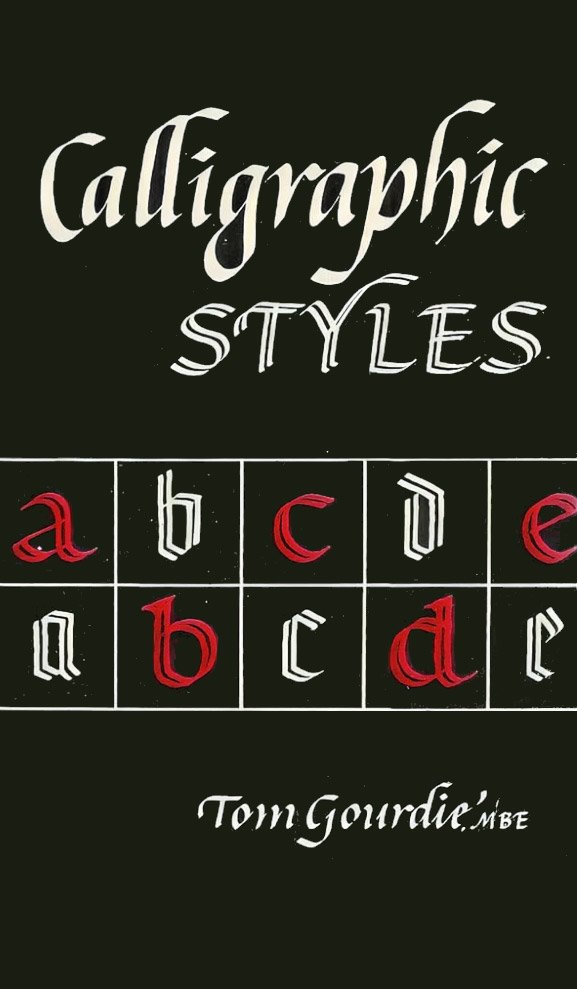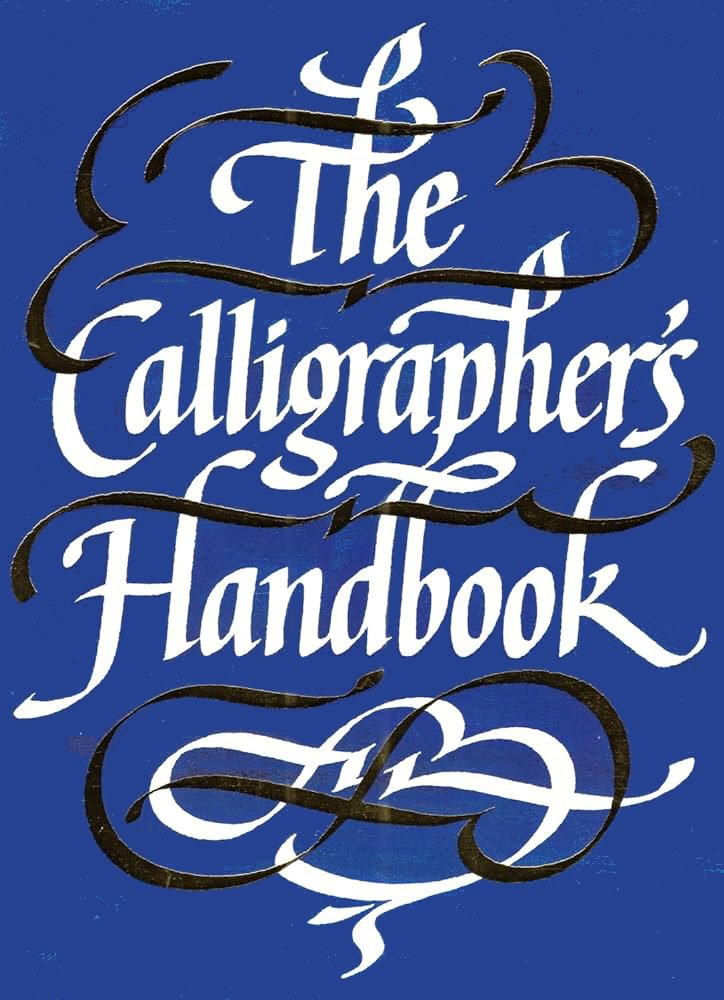Interview with Martin Jackson
The following interview with Martin Jackson is from the Westcoast Calligraphy Society’s journal Illuminations (Issue 132, November 2020). It is reprinted here with permission of the Westcoast Calligraphy Society.
Photo: © Martin Jackson
Q: When did you start your journey with calligraphy?
I was around 13 or 14 years old when I saw a letter written to my parents from an uncle, it was so beautiful. I asked my mother about it and she told me it was called italics, and that uncle Geoffrey was an after teacher and a calligrapher. Later in life I asked him how he learned italics and he told me he took some classes taught by a woman who had been a student of Edward Johnston, but sadly he could not remember her name.
I took the letter, and using my fountain pen began to copy the letterforms, not knowing anything about pen angles or proportions, or that you needed a broad-edged nib to write these letters, but I just wrote and wrote and adopted this style as my everyday hand.
About three years later I found a book by Tom Gourdie, a Scottish calligrapher who was a pioneer advocate for Italics, he worked hard to have this style taught in schools in the UK and elsewhere. lt was from this book that I found out about broad edge nibs and all the other details, and suddenly a light went on!
“I took the letter, and using my fountain pen, began to copy the letterforms, not knowing anything about pen angles or proportions, or that you needed a broad-edged nib to write these letters, but I just wrote and wrote and adopted this style as my everyday hand.”
Q: What is your favourite hand (currently and overall), and why?
Italics has been my number one hand for almost 67 years, and I am still working on it. As a basic hand it is so elegant and beautiful, and with the many variations available it can be used in so many ways for almost any occasion.
For beginners it is an ideal introduction to calligraphy, and doesn’t require vast amounts of equipment, only pen, paper, ink, and a good teacher, or maybe just a good exemplar, but most of all, passion and enthusiasm!
Q: What are some of your “must-have” tools? Where should one splurge, where should one save?
I have often wondered about what tools do I really need, if I lost everything in a fire, or what it would take when we 'down-size'. When I look at all the 'stuff' that fills my studio, all the things in drawers, in boxes, on shelves, or shoved under my draughting board etc., all accumulated over 60 plus years, I wonder what will I do with it all?
Do I really need the calf-skin vellum, sheepskin, goat skin, many burnishers, quill pens, loads of feathers for quill making, reeds for pen making, books of gold leaf, silver leaf, aluminum leaf, ingredients for making gesso, raw gum Arabic, gum ammoniac for gilding, gum sandarac, pumice, drawers full of many different papers, shelves of books, dozens of types of inks, antique watercolours, tubes of gouache, raw pigments etc etc etc...
The absolute 'must haves' would be Mitchell Nibs (my favourite) in various sizes, plus a few Speedball C nibs and Brause nibs, and a couple of fountain pens. A good ink stick, and a bottle of either Pelikan 4001, or Quink, and some nice paper.
I am self-taught, and could not have survived without The Calligraphers Handbook, from this I learned almost everything I know about calligraphy, and the many skills required to become a calligrapher, it contains so much information.
Q: What are some of the challenges you have had in your artistic pursuits?
For me every project is a challenge, particularly if it is a commission, When you have the word calligrapher on your business card or your website, potential clients assume you can do it all, so if they hire you they have expectations, they expect you to create something special for them, and to do it on time and the budget is realistic, and make sure there is enough time to complete the project. lt is most important to show them examples of your work so they can see what skills and styles you can do. For example, if someone is looking for copperplate I tell them I cannot do this, but I will give them the name of someone who can do this style.
Q: Where do you find inspiration?
I do have many files of reference materials from early calligraphy masters to more recent calligraphers, often I will find something just to get me started, it may be the way a scribe has written a certain capital letter, or flourished a letter, or used colour. I frequently go back to Palatino, Arrighi, and Barlolomeo Sanvito, they do inspire me. Inspiration from more recent times come from Edward Johnston, lrene Wellington, Fred Salmon, and Donald Jackson, who is an outstanding calligrapher.
Q: What is your best advice for younger/newer calligraphers, who are just starting out?
One has only to look at the many Society Journals we see to understand how quickly calligraphy has changed in the last 40 or so years, from the simple black and white issues of earlier days to the current ones full of exciting colour and images and letterforms that are no longer calligraphic in form. Present day calligraphy is a huge and hungry machine that needs feeding new stuff, members of societies leap from one new thing to the next, without ever really needing to study too much, it has to be fun, this is just how it is, and for a beginner this can be overwhelming, they never know where to start, or what is good or bad, or what really is calligraphy. So, I would say to someone new to calligraphy, try not to get too caught up with current trends, focus on one or two traditional hands, once you understand the basics you can then move forward to more challenging things, it is amazing how beautiful and flexible they can be.



